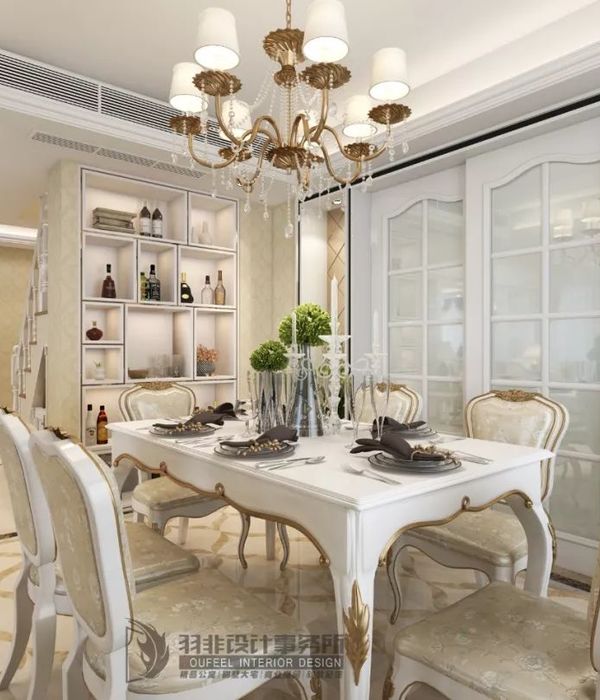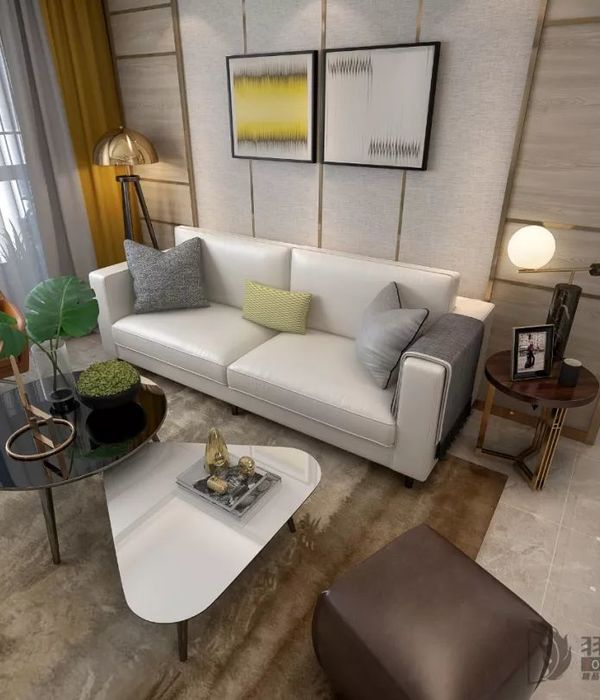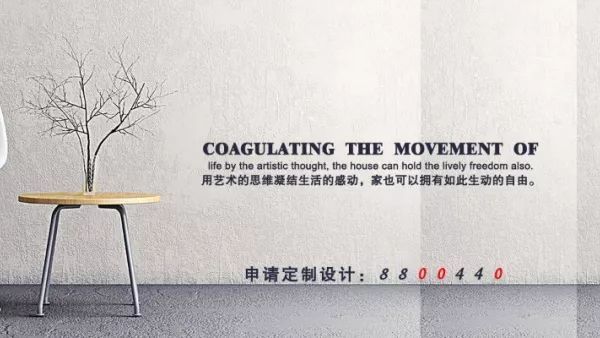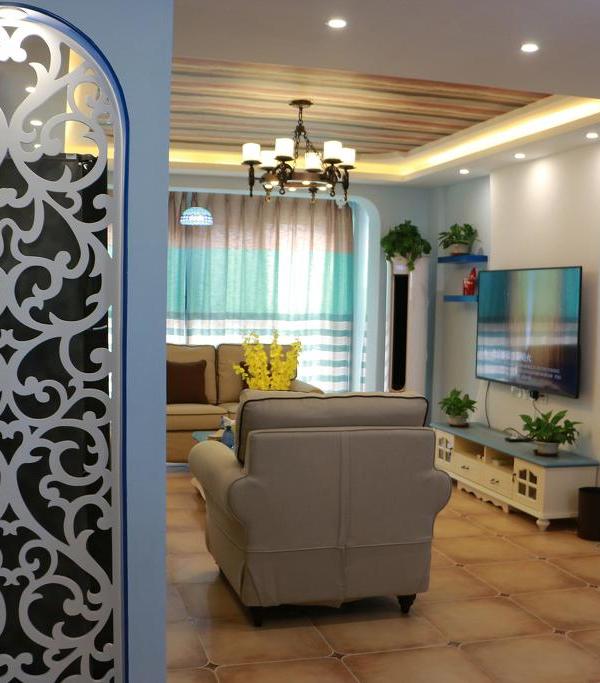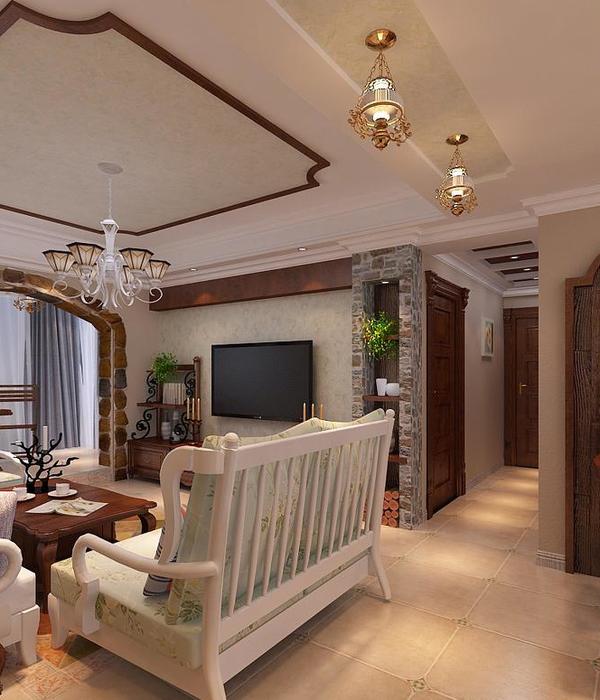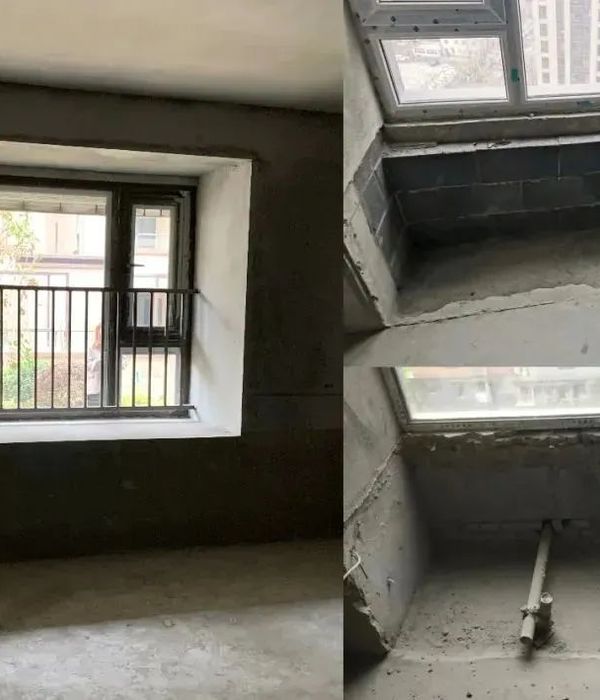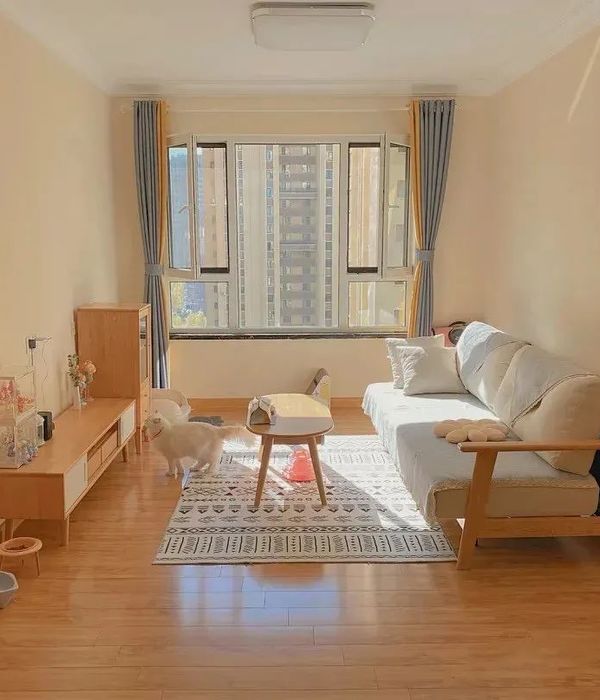This small residential extension challenged us to squeeze as much home as possible out of a 130 m2 centenary carriage house while taking maximum advantage of its unique urban situation. The project is situated in Montréal’s Plateau Mont-Royal neighbourhood on a short and narrow street. The odd-shaped lot resulted from a subdivision of a large property spanning two streets, leaving only a small side yard and a boxed-in exterior space at the back.
Irregular lots and small industrial buildings scattered among traditional brick duplexes and triplexes make up the area’s rich architectural heritage. It has earned the neighbourhood its protected status and bylaws preserving its architectural character and limiting increases in height. This brought about the project’s principal challenge: how to expand the footprint of the building while preserving its character and its very limited outdoor space.
The new floating extension on the second floor protects this precious outdoor space while adding the additional breathing room a young family needed. By setting back and elevating the new volume, the addition yields the front and rear of the lot to its two existing mature maples. The position preserves the tree’s important presence in the streetscape and prevents damage to their root systems while creating a sheltered private garden below. Clad in flat galvanised panels, the floating volume reflects natural light into the garden below.
The reflective material endows the extension with a feeling of lightness. Its flat detailing and modern geometry contrast against the brick masonry of the old building. It also reduces the visual impact on adjacent houses situated in tight quarters, showcasing an abstract palette of sky and foliage. Strategically placed openings endow the living spaces with privacy while full height windows bring much-needed light into the house via open circulation spaces. Built in 1910, the carriage house had undergone several renovations. The exterior appearance of the existing structure is largely preserved. Inside, layers of interventions were removed.
The new interiors seek to celebrate the natural qualities of the utilitarian structure and the beauty of everyday construction. Raw materials, rich textures, and minimal detailing play off softer modern furnishings and the family’s expansive collection of art. Plywood plays the role of wallpaper (think William Morris meets Home Depot) and steel structure imitates wood joinery, giving the project an intemporal quality where mid-century modern meets construction site in a stripped-down Victorian shell.
At the entrance in the northwest corner, a new opening made through the first floor connects three levels via an ultra-minimal and transparent stair. It combines an entry closet, circulation, and sculptural effect. The transparency of the wireframe stair in combination with the sliding divisions give the small footprint of the ground floor much-needed space to breathe. Upstairs, the kitchen, dining room, office, and stairs are organised around a central structural column built out to enclose a powder room, stationery closet, stereo equipment, and a coffee station.
The compact arrangement confers both connection and visual privacy. Strategically placed windows and existing skylights punctuate the spaces, bringing in natural light, and a connection to the exterior, ultimately providing a changing, natural counterpoint to the abstract artwork and photography on display in the house.
▼项目更多图片
{{item.text_origin}}


